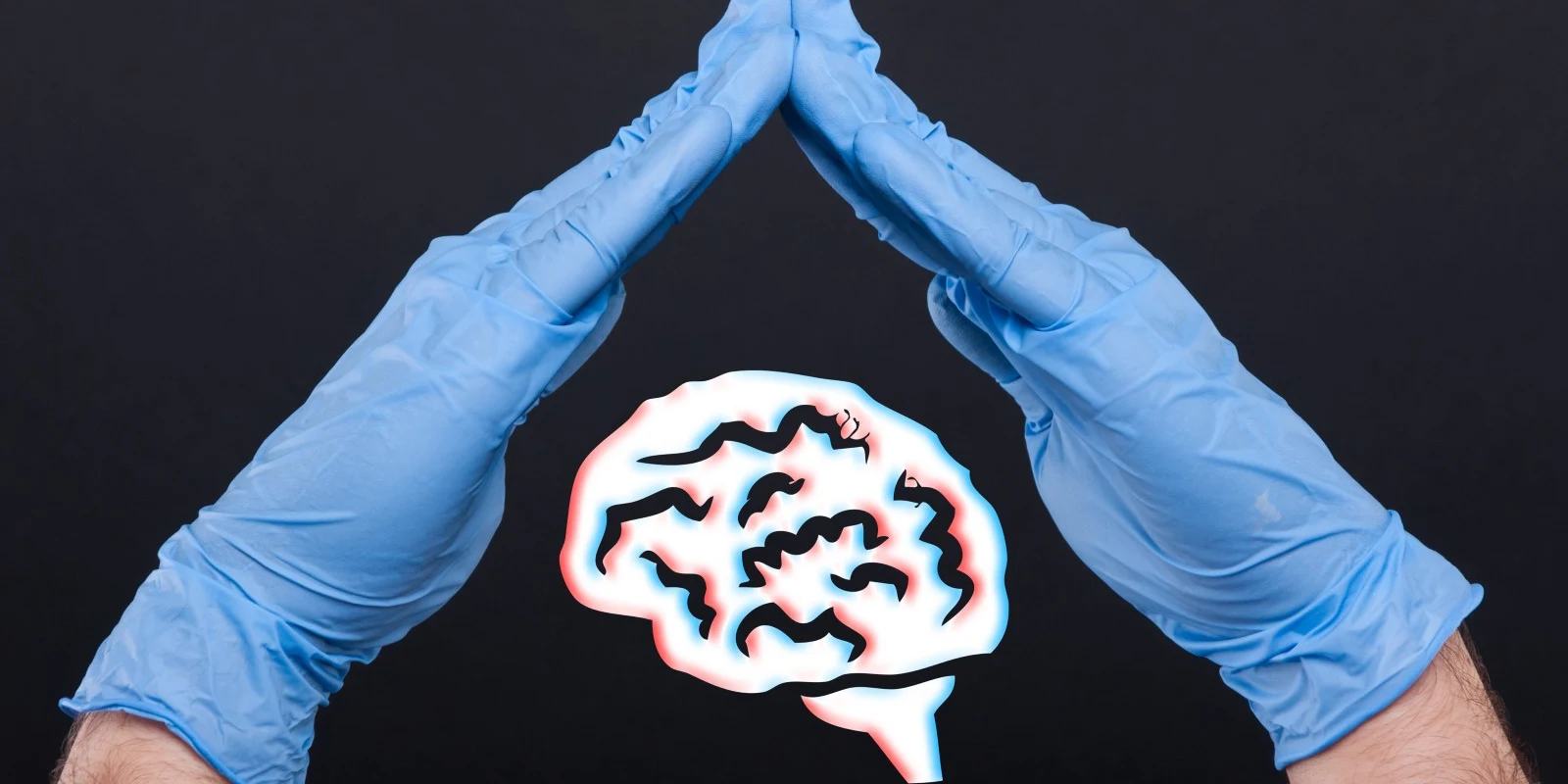
We have all been there. When “Level 1 GSW to head” flashes on tiny glowing pager screens and in moments we find ourselves in the midst of a buzzing operating room, staring at a face much too young to be on an operating table at 2 am. For us, “GSW to head” means so much more than a gunshot wound. For us and many other neurosurgeons, it means urgent surgery and hard family conversations where the truth about prognosis is delivered with hope, counterbalanced by years of seeing bad outcomes first-hand. It means days to weeks in an intensive care unit while the patient is covered in artificial tubes and lines in every attempt to support a frail young life. It often means death or at the very least a debilitated life.
At times like this, we shake our heads and tell ourselves, “We are doing everything we can.” But are we? What if there was more we can do for these children? What if we can prevent these horrific events from happening in the first place? A common misconception is that prevention is the role of the primary care physicians. But we are the providers wheeling these patients to the operating room when prevention fails and then taking care of them for weeks in the ICU. Thus, neurosurgeons are key stakeholders in the discussion.
Gun control and safety is an issue that has taken center stage this past summer given the lawsuit involving Texas-based non-profit, Defense Distributed and its right to post instructions online on how to make 3D printed handguns. Whether this is truly within the protection of the second amendment or not, we all may face ramifications including an increase in unregistered and potentially undetectable guns in the community. The topic of gun reform, even within the neurosurgical field, has always incited polarizing viewpoints. However, there are low-cost interventions that perhaps we can all agree on. They require no new laws and no infringement of rights; only education of our patients and their families.
In 2016, according to the CDC, the national rate for firearm-related deaths was 13.1 per 100,000 people, with some states such as Alabama, Louisiana, and Alaska having nearly double that. This is an increase from 2005 when the national average was 10.8 per 100,000 people.(2) Clearly what we’re doing isn’t working. However, one study from JAMA showed that interventions as simple as storing guns in locked locations, separately storing ammunition, and storing ammunition in locked locations can dramatically decrease the risk of gun-related pediatric injuries.(1) Surprising to many, these interventions work and the onus is not with the law-makers, political analysts, or even the mainstream media. The responsibility lies with the key stakeholders and caretakers for the kids, which include parents, pediatricians, and, like it or not, pediatric neurosurgeons.
Now, we know what you’re thinking: “I never even see the patients until they arrive in the emergency room. How can I help if I never even meet the patients beforehand?” The answer is simple. As neurosurgeons, our voices can be loud and make a large impact. The authors of this article recommend that you use it well. From a practical standpoint, this is as simple as cautioning friends and family, giving a short interview with your local news station, endorsing or financially backing a gun education program in your city, and lastly educating every patient that you see in clinic on the topic. It’s time for pediatric neurosurgeons to become active players in public education and policy. Our role for our patients can extend beyond the operating room and even the hospital.
Jacquelyn Corley, M.D., (Jacquelyn.corley@duke.edu) is a neurological surgery resident at Duke University Medical Center, a Paul Farmer Research Fellow at Harvard Program in Global Surgery and Social Change (@HarvardPGSSC) and a human rights journalist focusing on health-care-related topics. Follow her on twitter @JacquelynCorley.
Jacob Lepard, M.D. (Jacob.lepard@uabmc.edu) is a neurological surgery resident at University of Alabama Medical Center and a Paul Farmer Research Fellow at Harvard Program in Global Surgery and Social Change. He is interested in pediatric neurosurgery and global health. Follow him on twitter @LepardJacob.
References
- Grossman DC, Mueller BA, Riedy C, Dowd MD, Villaveces A, Prodzinski J, et al: Gun storage practices and risk of youth suicide and unintentional firearm injuries. JAMA 293:707–714, 2005
- 2. National Center for Health Statistics: Firearm Mortality By State: Available: https://www.cdc.gov/nchs/pressroom/sosmap/firearm_mortality/firearm.htm.






